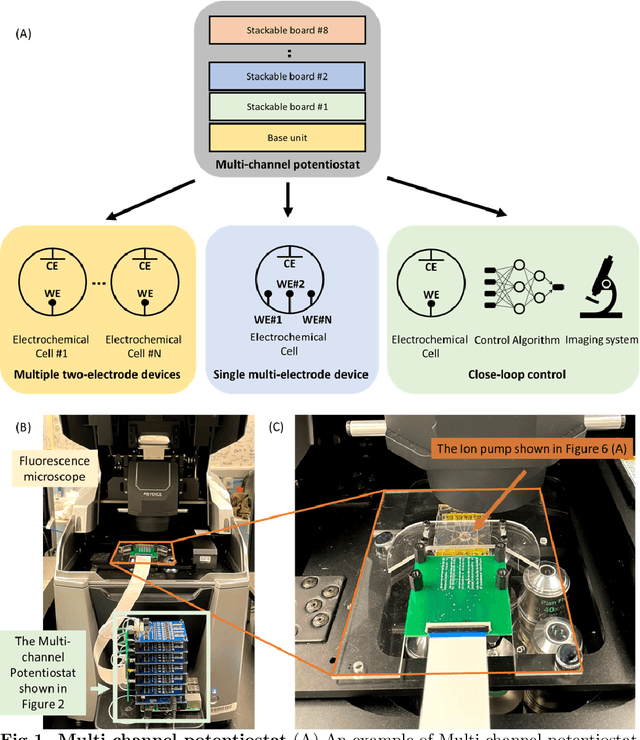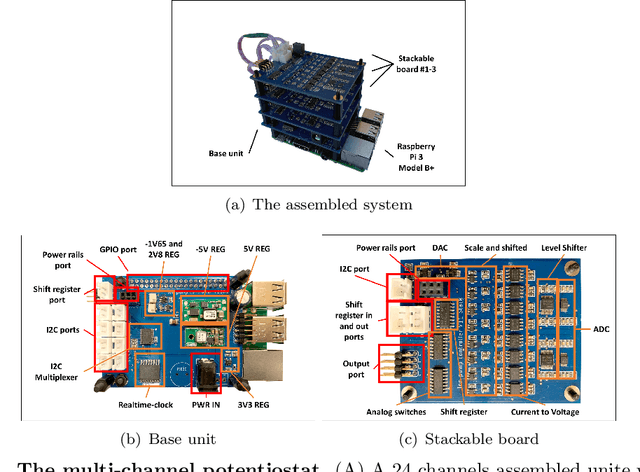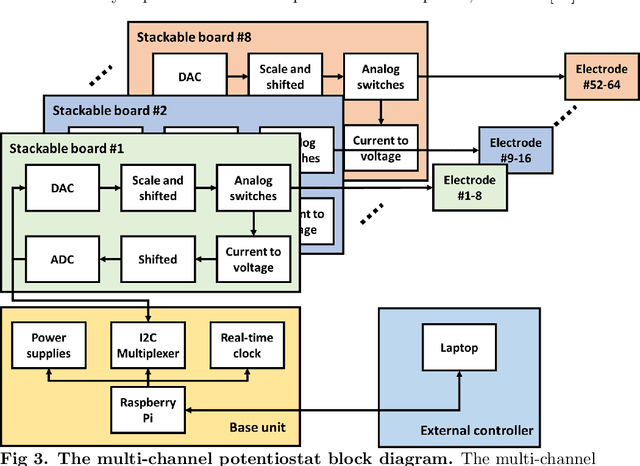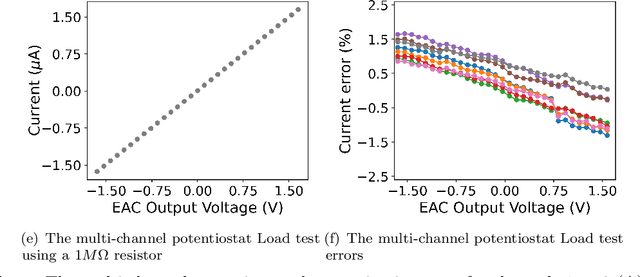Marco Rolandi
HealNet -- Self-Supervised Acute Wound Heal-Stage Classification
Jun 23, 2022



Abstract:Identifying, tracking, and predicting wound heal-stage progression is a fundamental task towards proper diagnosis, effective treatment, facilitating healing, and reducing pain. Traditionally, a medical expert might observe a wound to determine the current healing state and recommend treatment. However, sourcing experts who can produce such a diagnosis solely from visual indicators can be difficult, time-consuming and expensive. In addition, lesions may take several weeks to undergo the healing process, demanding resources to monitor and diagnose continually. Automating this task can be challenging; datasets that follow wound progression from onset to maturation are small, rare, and often collected without computer vision in mind. To tackle these challenges, we introduce a self-supervised learning scheme composed of (a) learning embeddings of wound's temporal dynamics, (b) clustering for automatic stage discovery, and (c) fine-tuned classification. The proposed self-supervised and flexible learning framework is biologically inspired and trained on a small dataset with zero human labeling. The HealNet framework achieved high pre-text and downstream classification accuracy; when evaluated on held-out test data, HealNet achieved 97.7% pre-text accuracy and 90.62% heal-stage classification accuracy.
The multi-channel potentiostat: Development and Evaluation of a Scalable Mini-Potentiostat array for investigating electrochemical reaction mechanisms
May 20, 2021



Abstract:A potentiostat is an essential piece of analytical equipment for studying electrochemical devices and reactions. As the design of electrochemical devices evolve applications for systems with multiple working electrodes have become more common. These applications drive a need for low-cost multi-channel potentiostat systems. We have developed a portable low-cost scalable system with a modular design that can support 8 to 64 channels at a cost as low as \$8 per channel. This design can replace the functionality of commercial potentiostats which cost upwards of \$10k for certain applications. Each channel in the multi-channel potentiostat has an independent adjustable voltage source with a built-in ammeter and switch, making the device flexible for various configurations. The multi-channel potentiostat is designed for low current applications (nA range), but its purpose can change by varying its shunt resistor value. The system can either function as a standalone device or remotely controlled. We demonstrate the functionality of this system for the control of a 24-channel bioelectronic ion pump for open- and closed- loop control of pH.
 Add to Chrome
Add to Chrome Add to Firefox
Add to Firefox Add to Edge
Add to Edge